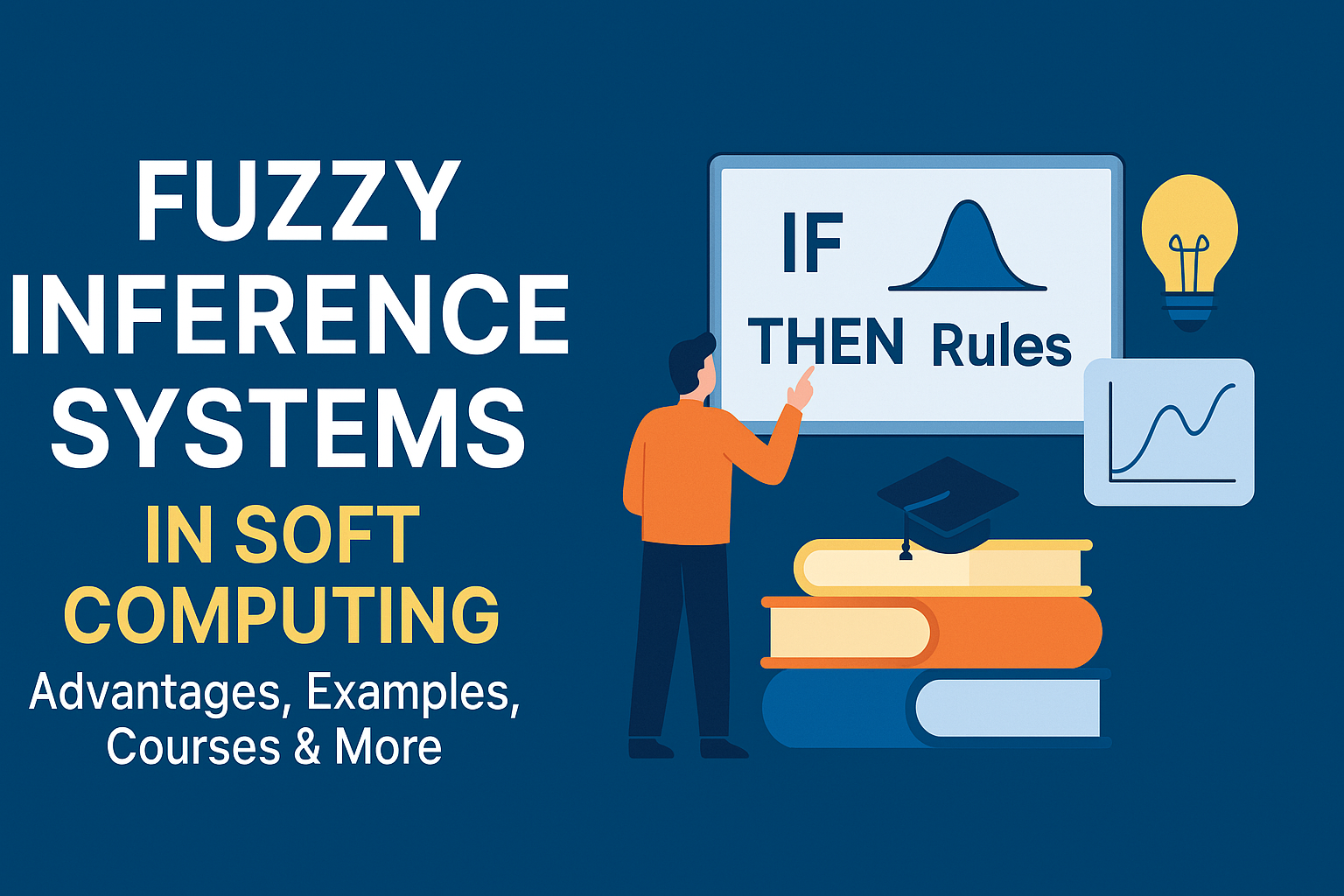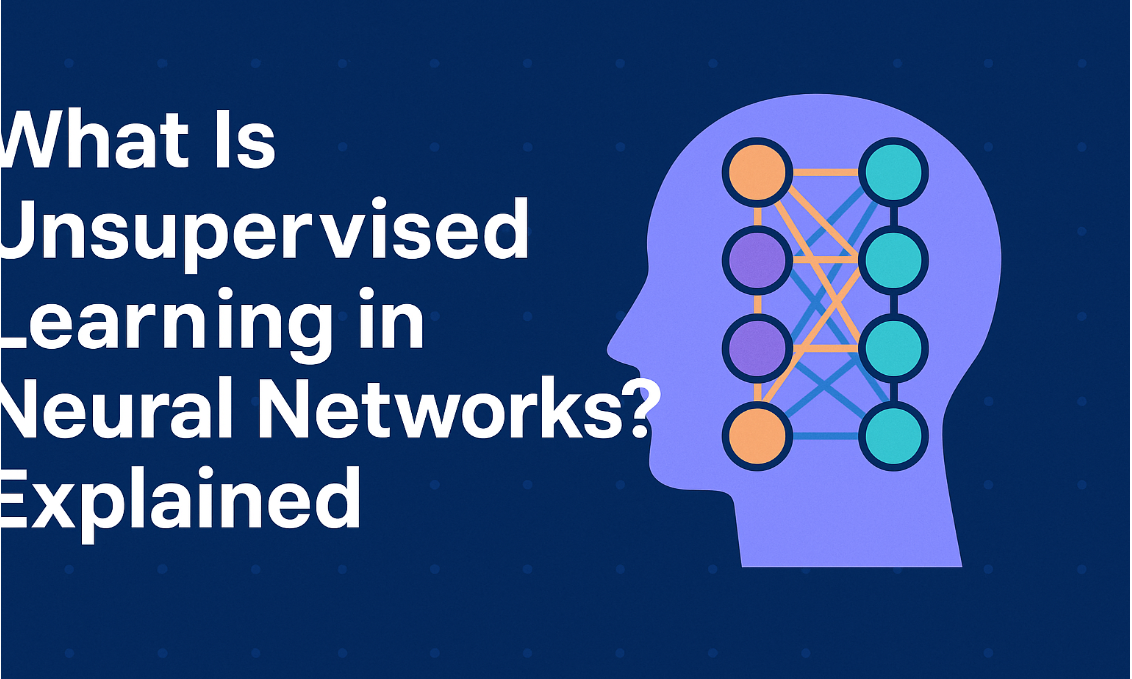
Fuzzy Inference Systems in Soft Computing: Everything You Need to Know
Introduction
As the world moves toward intelligent automation, Fuzzy Inference Systems (FIS) are playing a significant role in soft computing. From AI decision-making to climate control, these systems mimic human reasoning in uncertain environments. In this article, we’ll dive deep into what FIS are, their importance, working mechanisms, and real-life applications.
Table of Contents
What is a Fuzzy Inference System?
A Fuzzy Inference System is a computational framework based on fuzzy set theory, fuzzy logic, and fuzzy if-then rules. It mimics the human decision-making process by handling uncertainty and imprecision in real-world data.
History and Evolution
The concept of fuzzy logic was introduced by Lotfi Zadeh in 1965. It became popular in the 1980s and 1990s for real-time control applications such as washing machines, air conditioning, and robotics. Over time, Fuzzy Inference Systems became a core part of soft computing, alongside neural networks and genetic algorithms.
Types of Fuzzy Inference Systems
1. Mamdani Model (Most Common)
-
Uses fuzzy sets for both inputs and outputs
-
Suitable for control systems
-
Easy to interpret and understand
2. Sugeno Model
-
Output is a linear function of inputs
-
More mathematical and computationally efficient
-
Suitable for optimization and adaptive systems
3. Tsukamoto Model
-
Outputs are fuzzy sets with monotonic membership functions
-
Often used in decision-making scenarios
Difference Between Fuzzy and Crisp Logic
| Feature | Fuzzy Logic | Crisp Logic |
|---|---|---|
| Value Range | 0 to 1 (degree of truth) | Binary (0 or 1) |
| Precision | Approximate | Exact |
| Real-World Handling | Excellent | Limited |
| Used In | AI, control systems | Traditional logic systems |
Working Process of a FIS
-
Fuzzification: Converts crisp input values into fuzzy sets.
-
Rule Evaluation: Applies fuzzy rules (IF-THEN logic).
-
Aggregation: Combines results from all rules.
-
Defuzzification: Converts fuzzy output into a crisp value.
Real-Life Applications
-
Automatic Climate Control in vehicles
-
Camera Auto-Focus Systems
-
Medical Diagnosis Systems
-
Washing Machines with Smart Settings
-
Stock Market Prediction
-
Weather Forecasting
Advantages of Fuzzy Inference Systems
-
Tolerant to imprecise data
-
Models human reasoning effectively
-
Easy to interpret if designed well
-
Flexible and adaptable
-
Suitable for complex systems
Disadvantages of FIS
-
Not suitable for systems requiring high precision
-
Rule base can become complex
-
Requires expert knowledge to design
-
May not always guarantee optimal results
Courses and Learning Resources
Here are some popular topics you should cover when learning FIS:
-
Introduction to Soft Computing
-
Fuzzy Set Theory & Membership Functions
-
Rule Base & Decision Making
-
Mamdani and Sugeno Models
-
Applications of FIS in Engineering and AI
These topics are usually included in AI and Machine Learning certifications, computer science degrees, and online platforms like NPTEL, Udemy, or Coursera.
Problem-Solving Example
Problem: Design a fuzzy system to control the speed of a fan based on temperature.
Inputs:
-
Temperature: Low, Medium, High
-
Output: Fan Speed: Slow, Medium, Fast
Fuzzy Rules:
-
If temperature is Low → Fan Speed is Slow
-
If temperature is Medium → Fan Speed is Medium
-
If temperature is High → Fan Speed is Fast
Result:
The system determines the fan speed depending on the actual temperature using defuzzification.
Conclusion
Fuzzy Inference Systems in Soft Computing provide a bridge between human reasoning and machine learning. They offer flexibility, adaptability, and simplicity in dealing with real-world problems. Whether you're a student or professional, understanding FIS opens the door to smarter decision-making systems in automation, control, and AI.
FAQs
What is the role of FIS in soft computing?
FIS helps in decision-making under uncertainty, using approximate reasoning rather than binary true/false logic.
What are the types of fuzzy inference systems?
The main types are Mamdani, Sugeno, and Tsukamoto systems.
Is fuzzy logic still used today?
Yes, it's widely used in robotics, control systems, AI, and consumer electronics.
Which model is better – Mamdani or Sugeno?
Mamdani is easier to interpret, while Sugeno is better for mathematical computation and optimization.
Can I learn FIS without programming experience?
Basic understanding of logic and mathematics is enough to begin learning FIS; programming comes later in implementation.
Comments Section
Have questions about FIS or soft computing? Drop them below! Let's discuss how fuzzy logic can power future innovations.
Don’t forget to share this post with your tech buddies and bookmark it for reference!








